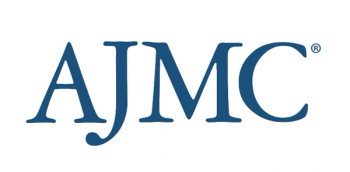
More Hospice Care Meant Longer Survival, Lower End-of-Life Costs for Metastatic Melanoma Patients
A study in The American Journal of Managed Care found that longer stays in hospice were associated with longer survival and lower end-of-life costs for patients with metastatic melanoma, a particularly deadly and increasingly common form of cancer.
FOR IMMEDIATE RELEASE MAY 23, 2014
More Hospice Care Meant Longer Survival, Lower End-of-Life Costs for Metastatic Melanoma Patients
PLAINSBORO, N.J. — A study of patients with metastatic melanoma found that those who spent more time in hospice care lived almost four months longer than similar patients who had little or no hospice care, and that end-of-life costs dropped for those with more time in hospice.
The
Thus, end-stage metastatic melanoma patients offered a window into one of the most difficult but essential debates in healthcare today: Does it make sense to continue invasive, expensive treatments that offer little hope, or are patients and the healthcare system better off if palliative care is pursued earlier?
The authors used the Surveillance, Epidemiology, and End Results (SEER) Medicare-linked database to cull results involving 862 patients over age 65, and divided data into three groups: those with no hospice care, those with one to three days, and those with at least four days of hospice care. Among the findings:
- Patients with at least four days of hospice lived an average of 10.2 months (114 patients), while those with no care lived 6.5 months (225 patients) and those who received up to three days of hospice lived 6.1 months (523 patients).
- Patients with at least four hospice days had lower healthcare costs in their final three months, with the cost dropping between $9576 and $14,680, depending on the calculation method used. Besides the amount of hospice care, only the patient’s age made a significant different in healthcare costs.
“Our study has current policy relevance given that the proportion of Medicare expenditures during the last year of life has been stable for 20 years, with 26.9 percent to 30.6 percent of all Medicare expenditures occurring during that interval,” the authors write.
The article notes that the data used reflects a period before the arrival of game-changing therapies such as ipilimumab and vemurafenib, which have been shown to dramatically extend survival for patients with metastatic melanoma.
CONTACT: Mary Caffrey (609) 716-7777 x 144
Newsletter
Stay ahead of policy, cost, and value—subscribe to AJMC for expert insights at the intersection of clinical care and health economics.



































